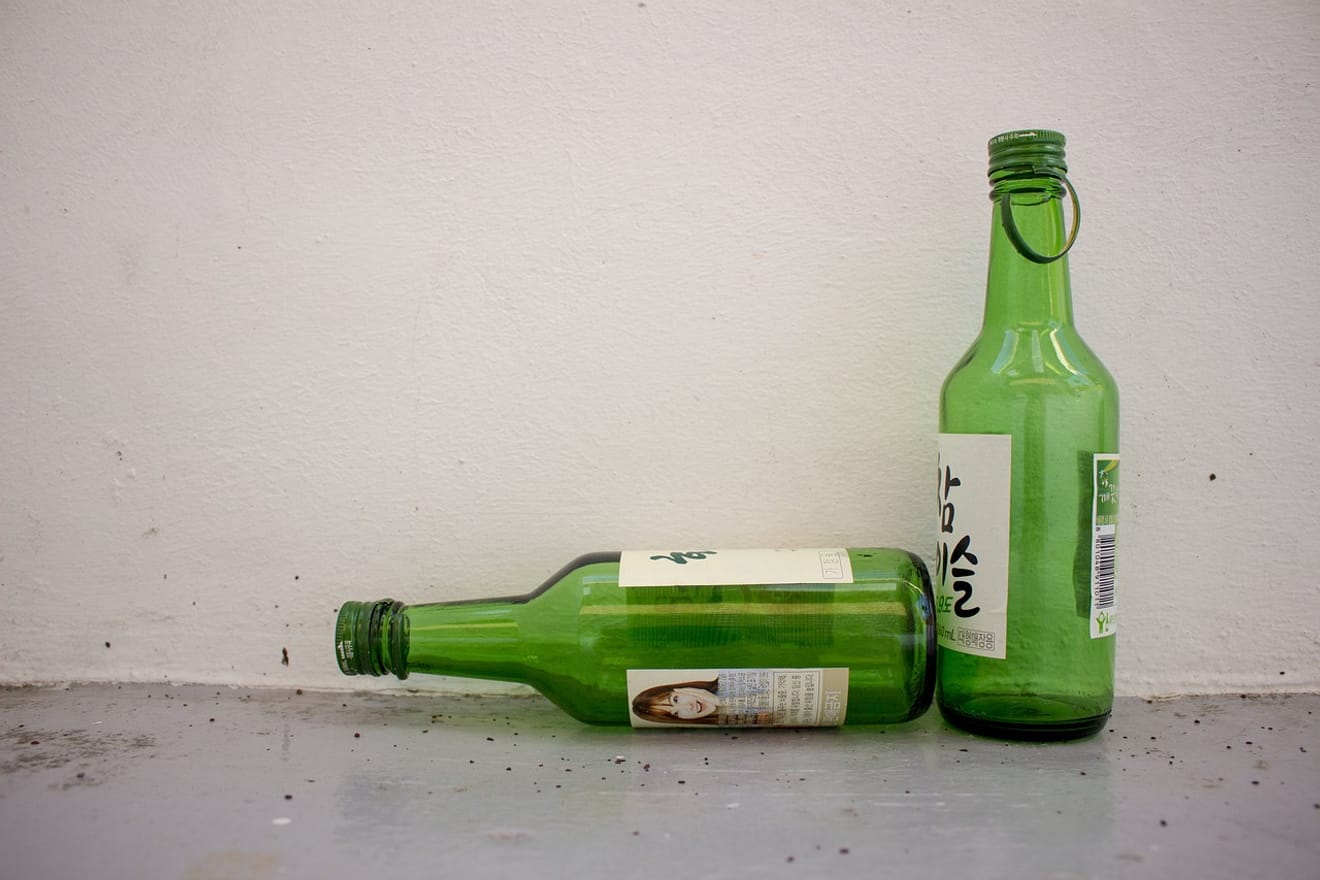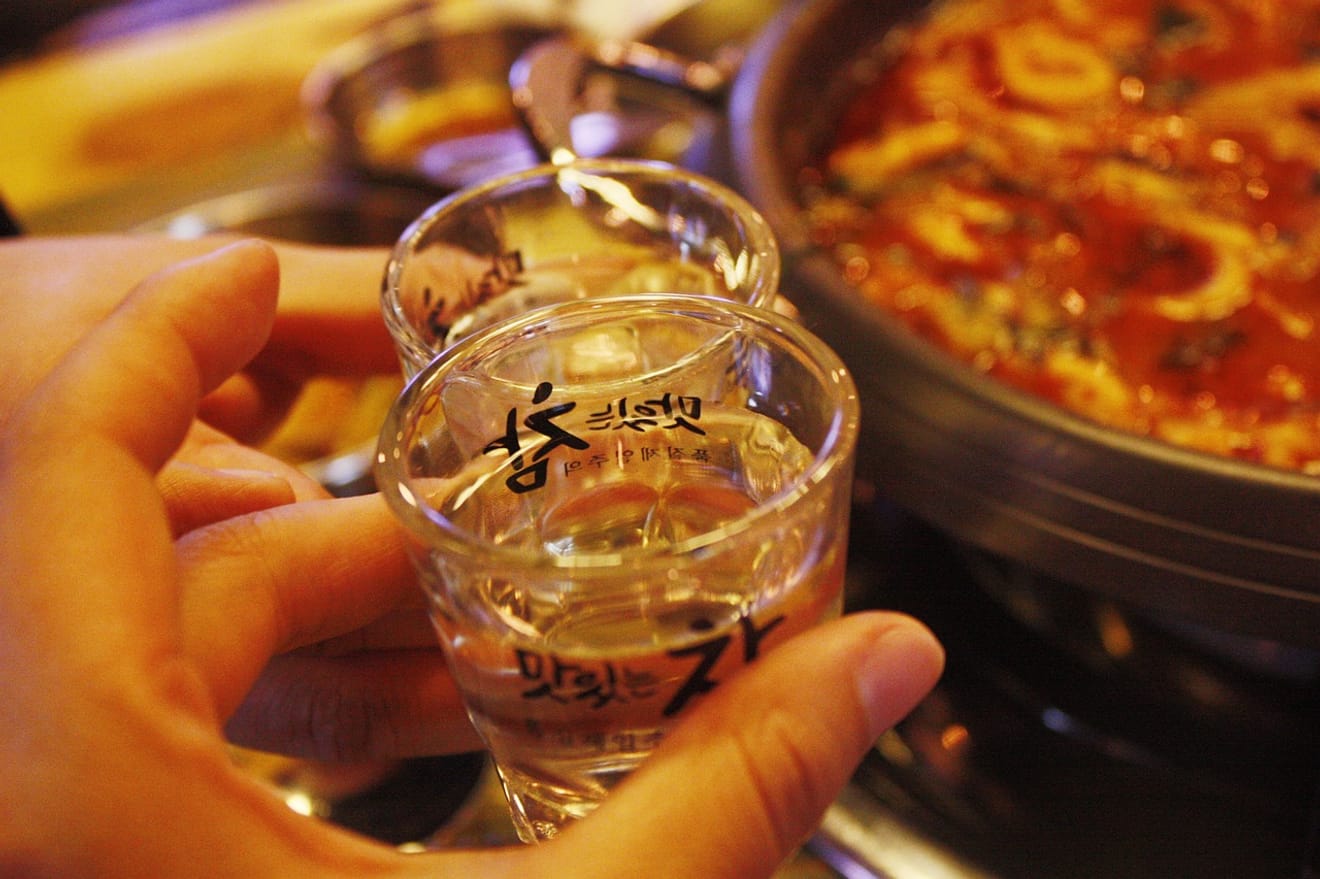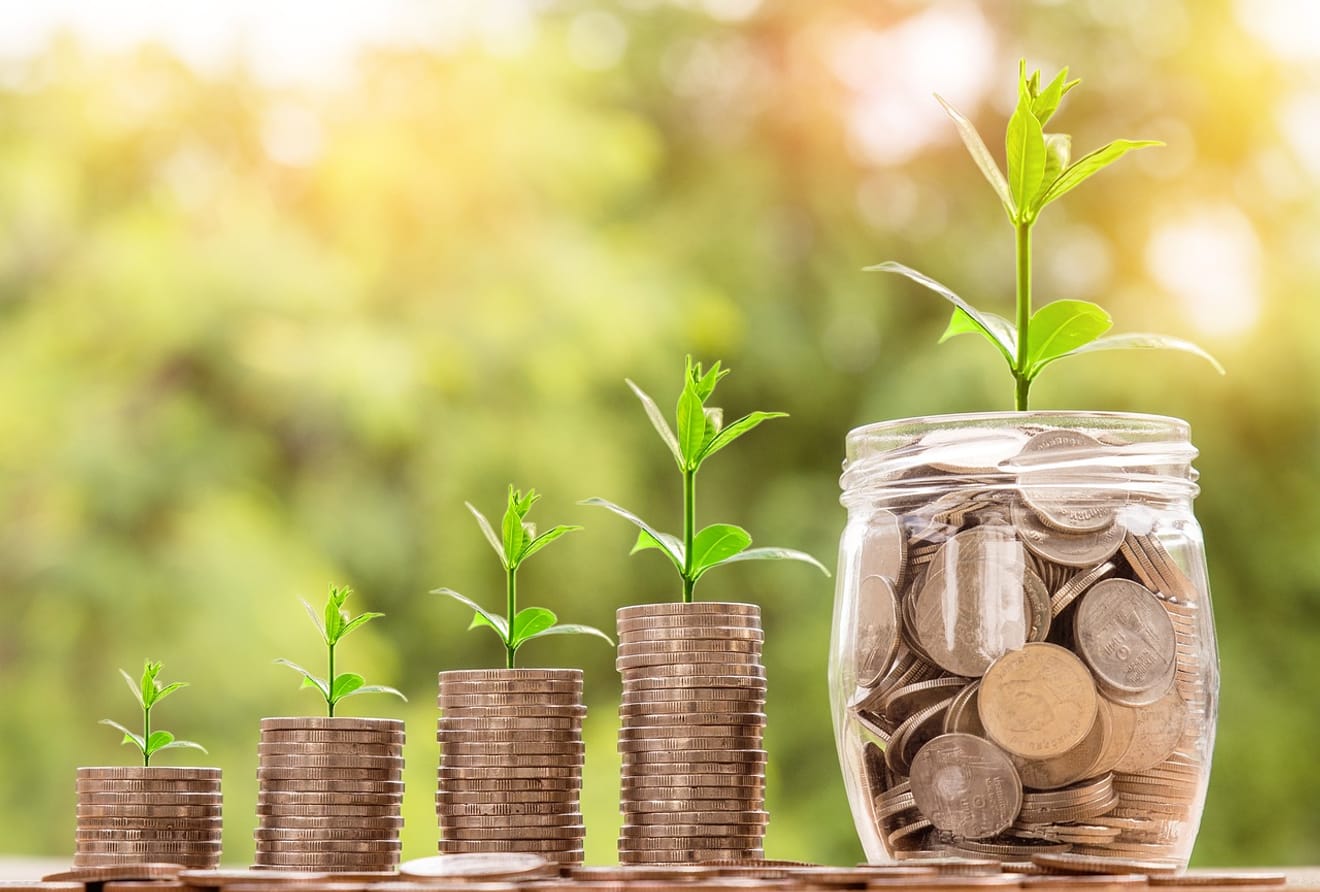Subject
- #Chamiseul
- #Lower ABV
- #Alcohol
- #Soju
- #Choeumcheoreom
Created: 2024-02-20
Created: 2024-02-20 12:55

Pixabay
Hello! Do you enjoy soju? If you do, which do you prefer, high-proof or low-proof soju? These days, low-alcohol beverages are trending, and the alcohol content of soju is gradually decreasing. We've heard that the alcohol content of Chamisul Fresh, the leading soju brand by market share of Hite Jinro, has dropped from 16.5% to 16%. Some people might be happy about this news, while others might not. Today, we're going to explore the reasons behind the low-alcohol trend in the alcoholic beverage industry and the different opinions surrounding it!
When you think of 'soju,' a strong alcoholic beverage might come to mind. Unlike beer or wine, which are often perceived as light and refreshing drinks, soju is often associated with getting drunk. In movies and dramas, when you see a character stumbling or crying after getting intoxicated, it's usually because they've been drinking soju. However, lately, when you think of soju advertisements, keywords like 'smooth,' 'light,' and 'clean' come to mind. This shows that the current trend in soju is shifting towards drinks that are not harsh, but rather smooth, light, and easy to drink. It's no longer just a strong alcoholic beverage for getting drunk but has become a drink that people enjoy to a certain extent.
Chamisul was first launched in 1998 with an alcohol content of 23%, and after the release of the lower-alcohol version, Fresh, at 19.8% in 2006, it has now dropped to 16%. Chum Churum was also launched in 2006 with an alcohol content of 20.1%, and it has since decreased to 16.9%. When we look at the newly launched soju brands that are gaining popularity, such as 'Jinro' and 'Saeo,' they are all low-alcohol soju with 16% alcohol content. It's safe to say that the entire soju industry is embracing the trend of lowering alcohol content. So, what are the different public opinions on this trend of lower-alcohol soju?

Pixabay
Let's take a look at the positive opinions first. Firstly, it can be seen as a reflection of the growing public awareness of health. Lower alcohol content can reduce the risk of health problems associated with excessive drinking, leading to a positive perception. Secondly, consumer preferences and trends are shifting towards lower-alcohol content. In reality, there's no objective data to support the claim that consumers strongly prefer low-alcohol beverages. However, considering the recent popularity of drinks like Soju Tonic and Highball, it's reasonable to assume that, especially among younger generations, there's a growing preference for lighter alcoholic drinks. Lastly, it has captured the preferences of female consumers. The trend towards lower alcohol content and smoother soju is generally perceived as being more appealing to female consumers.

Pixabay
Naturally, there are also negative opinions regarding the low-alcohol trend in soju. Firstly, some people may find it off-putting. Consumers who typically prefer soju with an alcohol content above 20% may not be pleased with the decreasing alcohol content. Secondly, there's criticism that it's simply a tactic to increase sales and cut costs. Diluted soju, which is commonly consumed, inevitably has lower raw material costs when the alcohol content is reduced. Some people suspect that this is a form of 'shrinkflation,' where companies reduce the quantity of a product without lowering the price, effectively increasing the price by stealth.
While this change might seem positive from a health perspective, it also raises questions about whether companies are primarily focusing on profit. We've explored the low-alcohol trend in soju today. What are your thoughts? Just because the alcohol content is lower, it doesn't mean you should let your guard down! Excessive drinking is a no-no! We hope you all maintain a healthy drinking habit. Thank you for reading, and we hope this post was helpful! :)
Comments0